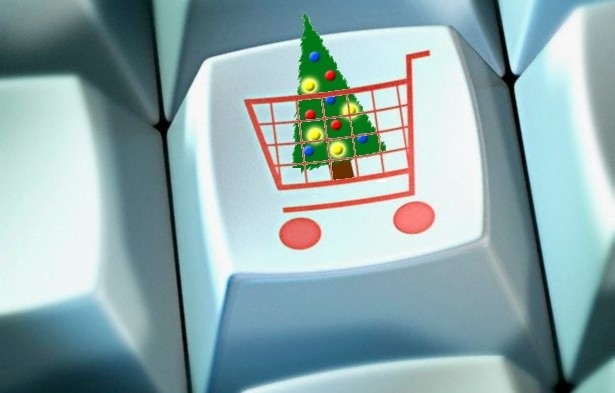Does this Christmas's Rise in Online Shopping Spell the End for The High Street?
Every year the number of people choosing to do a significant portion of their Christmas shopping online is increasing. But what does this mean for traditional brick-and-mortar retailers? Does the increasing popularity of online shopping threaten the high-street?
Retailers John Lewis and Next, amongst others, reported that, whilst the number of sales made online over the Christmas period was up on last year's figures, their in-store sales experienced a significant drop-off, with online sales making up the difference.

These reports are consistent with a YouGov report which found that almost half (47 percent) of those surveyed chose to carry out at least half of their Christmas shopping online. Similarly, another report found that approximately £17bn of the £73bn spent during the festive season was done so online.
So, with internet shopping looking so promising, why is John Lewis still pushing to expand its number of physical stores from 42 to 65? And why, in their 2014 January Results Report, does Next still cite “investing in profitable new space” as one its aims for 2015?
Well, as Andy Street, Managing Director of John Lewis said, “The role of the shop is absolutely critical in providing the online sales.” In his view, establishing a physical shop presence is key to winning internet customers, who may choose to browse in-store before ordering online.
Richard Perks, Director of Retail Research at Mintel, holds a similar view, and claims that most of the growth in clothing retail sales has actually come through brick-and-mortar retailers: “[Mintel's] figures show, for example, that only around 5pc of total clothing sales are through a pure-play online service, approximately the same as when mail order companies dominated the market in the 1990s.”
But the link between physical stores and online purchasing is perhaps most obvious when it comes to the massive rise in popularity of click-and-collect services, which a whopping 95 percent of UK consumers chose to use over the Christmas period.
Click-and-collect services allow consumers to enjoy many of the conveniences associated with online shopping whilst at the same time allowing them to save on delivery costs and avoid the risk of delivery problems (the latter of which affected a staggering 31 percent of pure online shoppers this Christmas – 49 percent experienced missed deliveries and 45 percent experienced late deliveries or even deliveries which never arrived).
So, whilst online shopping may be accounting for an ever-increasing percentage of sales, it appears that its popularity is tied to the presence of physical stores.
Do you think that online shopping is threatening the high street? Email us your thoughts.
